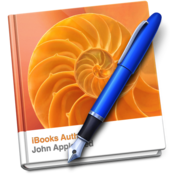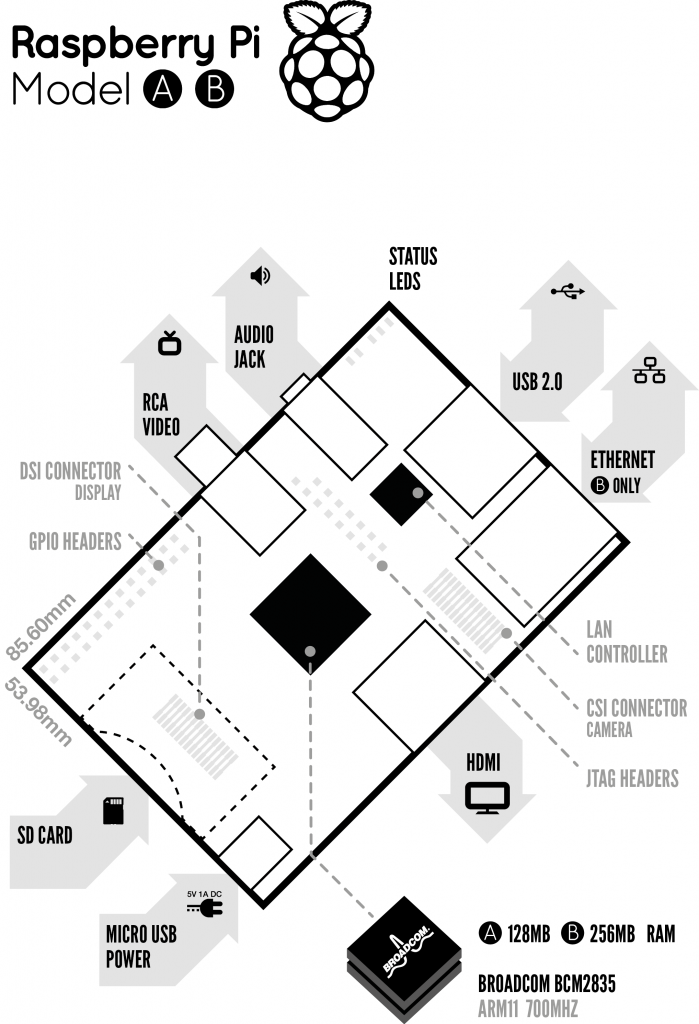The Raspberry Pi computer has the potential to become one of the most important things to happen in 21st Century education and transform they way we teach and do business.
 Imagine two secondhand PCs running a VDI (Virtual Desktop Infrastructure) powerful enough to drive several rooms of Raspberry Pi work stations as 'thin clients'. Your £30,000 tri-annual IT spend just dropped to £2,000!
Imagine two secondhand PCs running a VDI (Virtual Desktop Infrastructure) powerful enough to drive several rooms of Raspberry Pi work stations as 'thin clients'. Your £30,000 tri-annual IT spend just dropped to £2,000!
A starting price of $25 puts it firmly in the price bracket of the cash strapped IT heads looking to cost save.
The credit-card sized computer is built by the The Raspberry Pi Foundation (a UK charity with a dream of producing cheap computers for kids) and based on an ARM processing architecture with onboard audio and video outputs and USB, HDMI and SD card slots. Unbelievably, it weights 45 gram and plays High definition video!
This makes it ideal for web surfing and web 2.0 apps, web-design and everyday IT tasks but will struggle with processor intensive applications such as video and sound editing.
Educationalists see the Raspberry Pi as a chance for school's to get pupils into programming - an important skill for this decade.
It comes Linux ready meaning it can access open source software (mostly free) which already offers the productivity of Windows software with very little learning curve - right in line with the Education Secretary's vision of an 'Open Source' future.
The machines specs include a 700MHz ARM11 CPU and 256MB of RAM. It arrives case-less, a barebones circuit board allowing users to personalise the look of their machines. The 'B' model the higher end version, comes with a $35 price tag.
The prospect of 'cheap as chips' (pardon the pun!) computer is a dream for schools, offering the possibility that parents could purchase them buy them for their children just like uniforms, stationary and pen drives, thus relieving heavily stressed budgets - they are small enough to fit in a primary school book bag or even pencil case!
We could also be at the and the beginning of a truly personalised learning system with children sharing their machines between school and home well, until cheaper tablet computers arrive.
Schools could enter a fully interactive educational relationship with their children. When pupils connect, teachers could grade and archive work, leaving pupils free to complete course and homework tailored to their learning needs. Pupils can work at their own pace reviewing class lessons using the textbooks and learning materials held on the device or online without clogging up the family computer.
 Will it be a game changer? Will it usurp the big tech players and take their user base? Will it allow universal computer access for individuals and families in areas of social deprivation - the so called digital divide? If its robust enough to satisfy the wishes of so many users, maybe.
Will it be a game changer? Will it usurp the big tech players and take their user base? Will it allow universal computer access for individuals and families in areas of social deprivation - the so called digital divide? If its robust enough to satisfy the wishes of so many users, maybe.
A powerful and capable computer using open software for a fraction of the cost of an Xbox - you can even use your TV as a display. It may become as ubiquitous as game boxes, just add a keyboard and mouse. If your IT suite needs a refresh, you could do a lot worse and purchase a few to run a test network.
We'll find out very soon when the first batch of 'Model B' is released anytime now, whether its a brave new world or same old present, IT lesson time definitely won't be boring!















